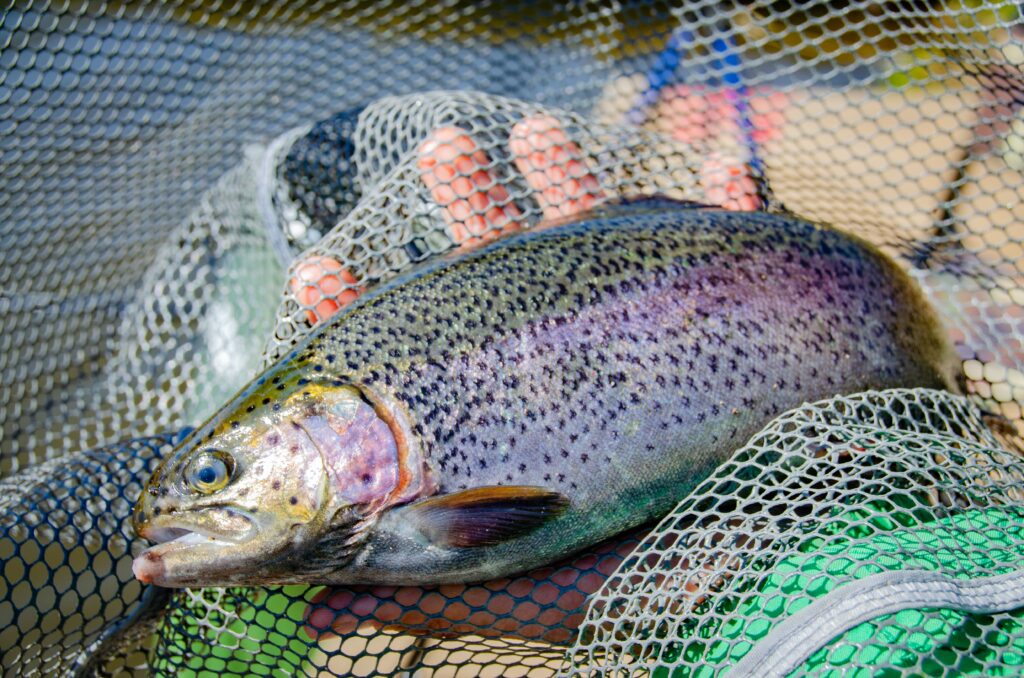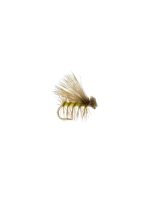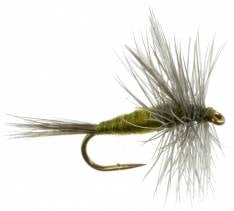Step into the wild world of fly fishing on the Madison River. This comprehensive guide is your trail map to unlocking the beauty, excitement, and trout-packed thrill ride that is the Madison River. From the river’s rich biography, the best times to fish, preferred rod selection, a tactical breakdown of how to rig your rod, a solid grasp of local laws and restrictions, to five of the most recommended flies to use throughout the year, we’ve got you covered. So, strap on your waders and read on, partner, we’re about to dive in.
1. The Madison River and its Fishery: A Biography

Birthed from the confluence of the Firehole and Gibbon rivers in Yellowstone National Park, the Madison River meanders through an untamed landscape teeming with wildlife and prolific fish populations. Best known for its healthy population of rainbow and brown trout, the Madison River offers an exceptional fly fishing experience all year round. However, the prime time for trout fishing usually ranges from June to October when insect hatches are at their peak, making trout more active and eager to bite.
2. Five Prime Locations to Access the Madison River
| Location | How to Get There | Local Guide Shop |
|---|---|---|
| Upper Madison | Located within Yellowstone National Park. Access via US-191. | Madison River Outfitters |
| Lyons Bridge | Access via US-287 S from Ennis. | The Tackle Shop Outfitters |
| Palisades | Found downstream from Lyons Bridge. Access via US-287 S. | Trout Stalkers |
| Varney Bridge | A few miles downstream from Ennis. Access via Varney Rd. | Madison Valley Ranch |
| Lower Madison | Accessible from Bozeman. Head east on Norris Rd. | Bozeman Angler |
3. Peaceful Fishing, Low Traffic: Lyons Bridge
To find your Zen amidst the rush of the Madison, Lyons Bridge is your sanctuary. While all sections of the river can get busy during the prime season, Lyons Bridge tends to have less traffic due to its upstream location. Here, the tranquility only heightens the thrill of the catch.
4. The Hottest Fishing Spot: Lower Madison
Seeking the hustle and bustle? Then set your sights on Lower Madison. This section, easily accessible from Bozeman, is the river’s busiest fishing spot, with its pools and riffles chock-full of eager trout. You will want to arrive early to stake your ground among the other anglers.
5. Ideal Rod Selection: Go with the Flow
For the Madison’s dynamic conditions, a 9-foot, 5 or 6-weight rod provides the perfect balance of casting power and finesse. These rods are versatile enough to handle both dry flies and nymphs, and they’ve got enough backbone to fight the Madison’s feisty trout.
6. Fly Selection for Each Season
| Time of Year | Top 5 Flies |
|---|---|
| Winter (Dec-Feb) | Midges, Baetis nymphs, San Juan Worm, Zebra Midge, Pheasant Tail Nymph |
| Spring (Mar-May) | Blue Winged Olive, Caddis, Stonefly nymphs, Hare’s Ear Nymph, San Juan Worm |
| Summer (Jun-Aug) | Pale Morning Dun, Caddis, Yellow Sally, Terrestrial patterns, Elk Hair Caddis |
| Fall (Sep-Nov) | Blue Winged Olive, Midges, Streamers, Hoppers, Egg Patterns |
7. Techniques on How to Fly Fish the Madison River
The Madison requires a balanced blend of strategy and flexibility. Make sure to cover all areas of a run and change your approach based on the river’s character. Dry fly fishing is common in the summer months, while nymphing is more effective in winter. In the autumn months, don’t overlook the effectiveness of streamer fishing.
8. Rigging your Rod: Weight Matters
The Madison calls for a well-balanced rod setup. Start with a quality 5-weight or 6-weight fly line to match your rod. Attach a 9-foot leader, tapered down to a 4X or 5X tippet. For nymphing, add split shot weights 1.5-2 feet above your fly to get it down into the feeding zone. Remember, nymphs should be fished just off the bottom, which usually means adjusting your weights and indicators based on the depth of the water.
9. Laws and Restrictions: Play by the Rules
Make sure you have a valid Montana fishing license before hitting the water. Be aware of seasonal closures, particularly in tributaries during the spawning season. Always respect private property, and follow all catch-and-release regulations to help maintain the Madison’s trout population.
10. Conclusion
Learning how to fly fish the Madison River is an adventure in and of itself, a beautiful journey into one of nature’s finest trout havens. With this comprehensive guide, you’re all set to cast a line into its inviting waters. Now all that’s left is for you to get out there, test your mettle, and reel in a story worth telling.


